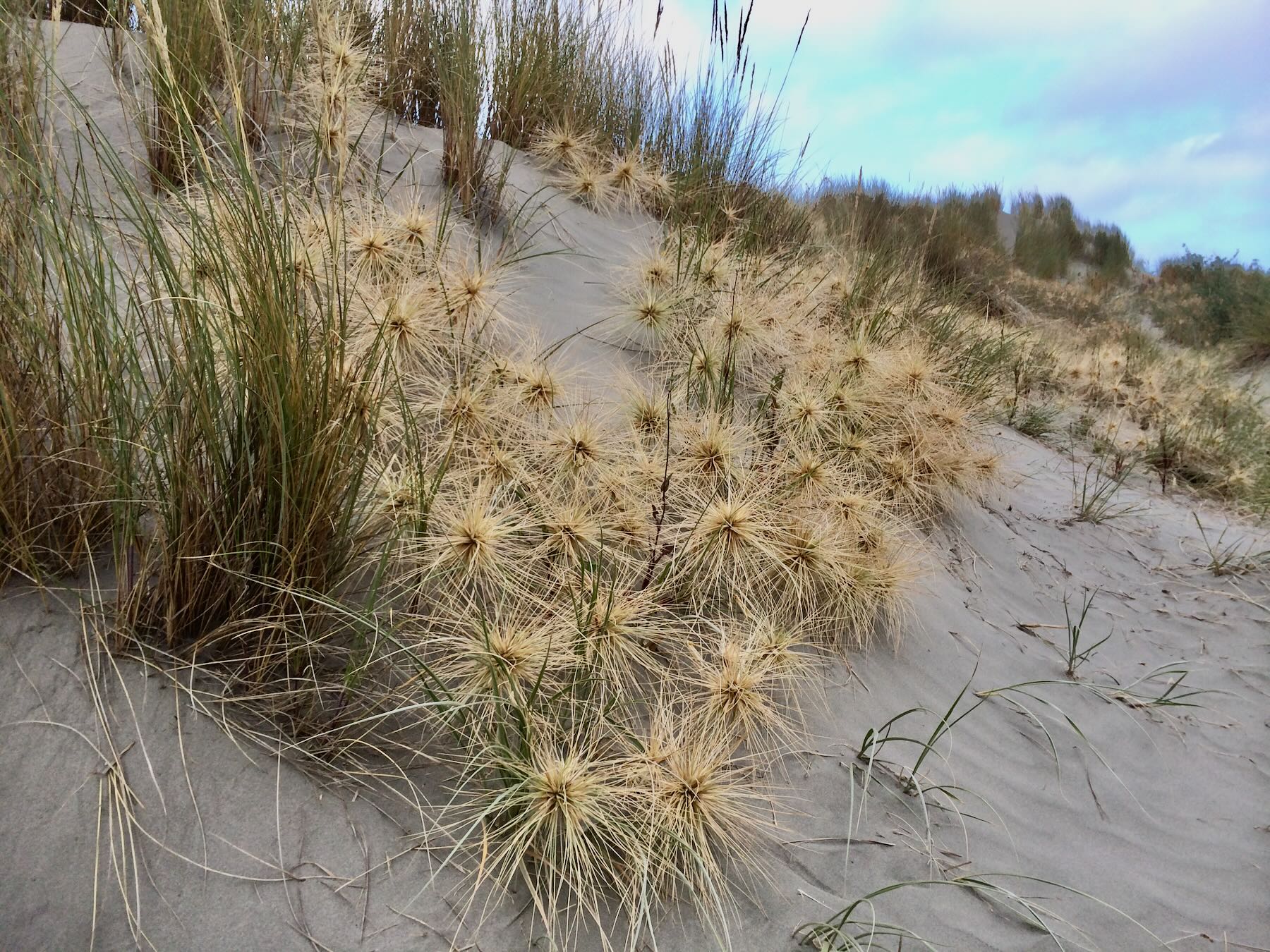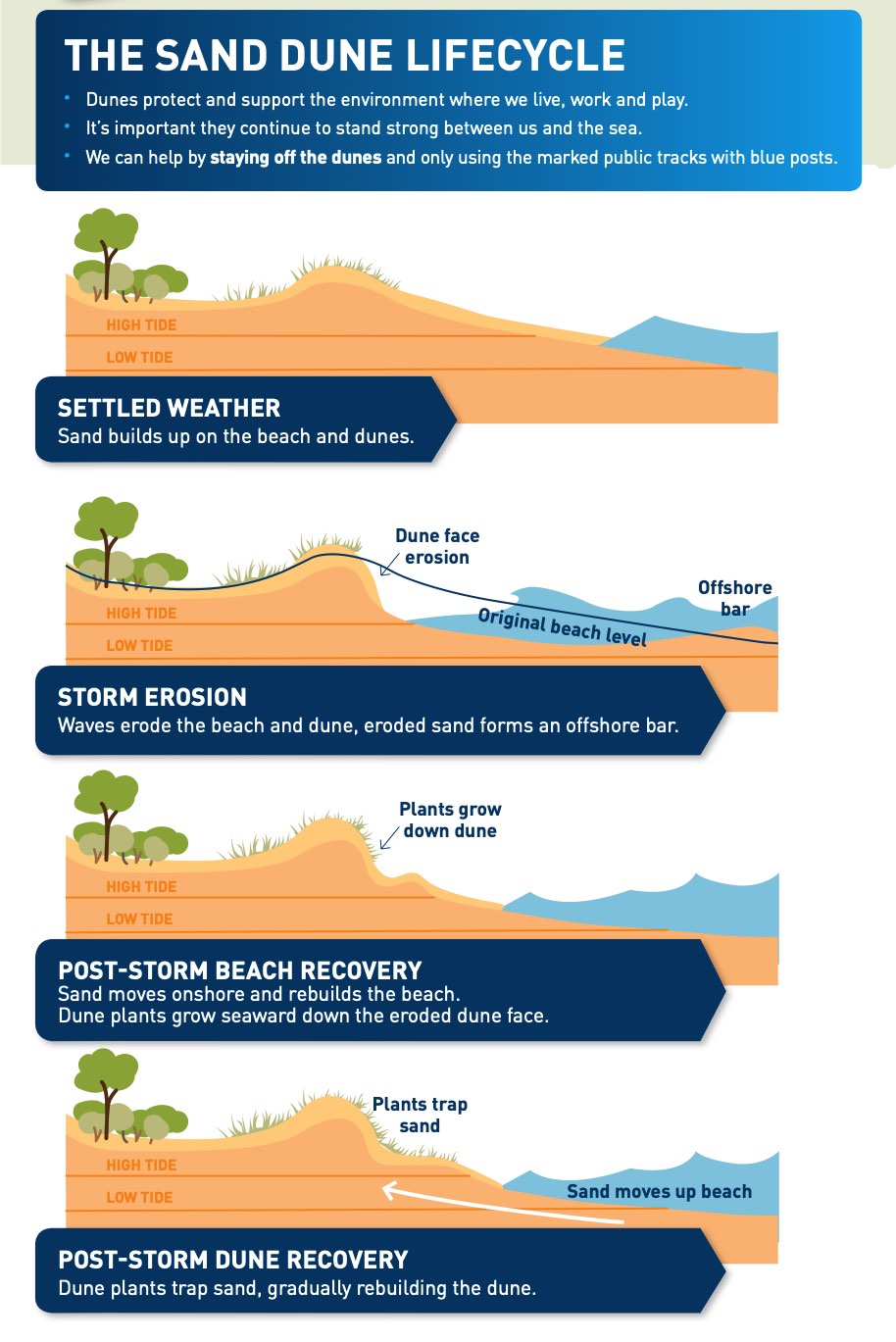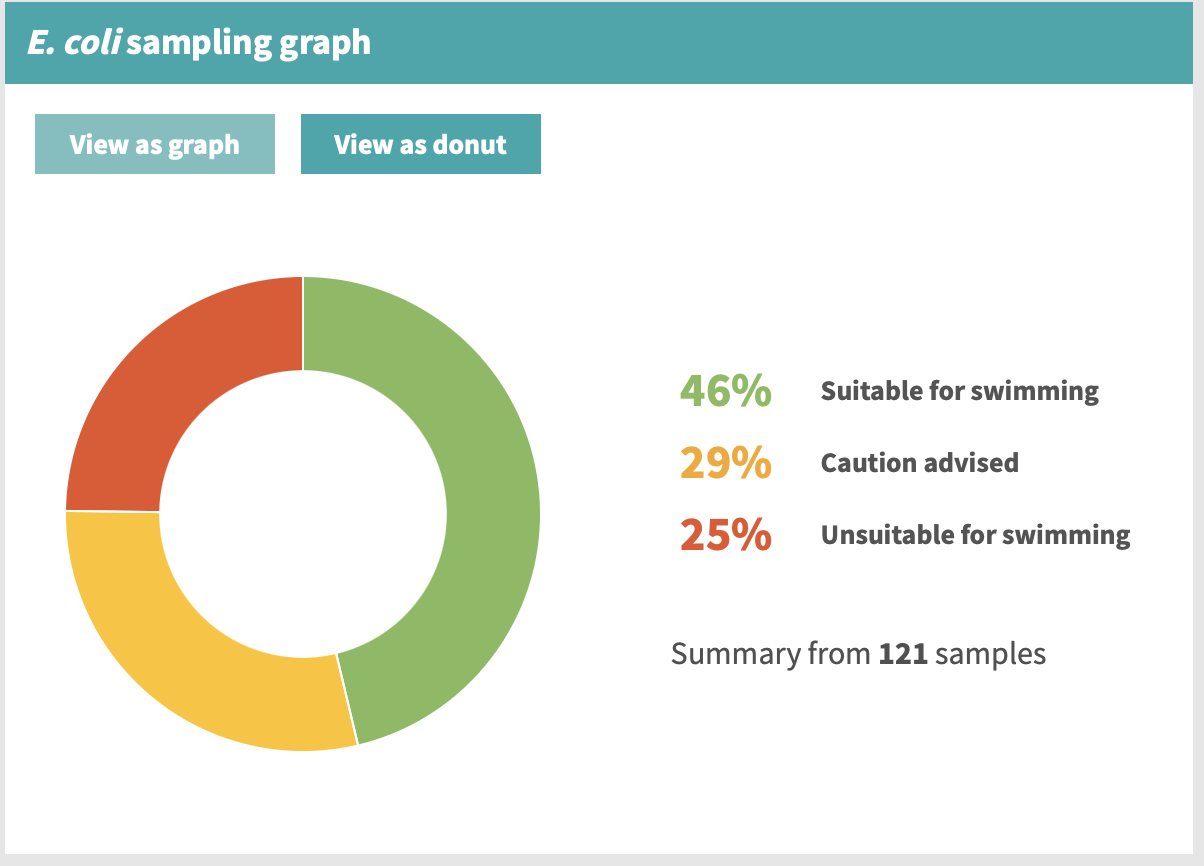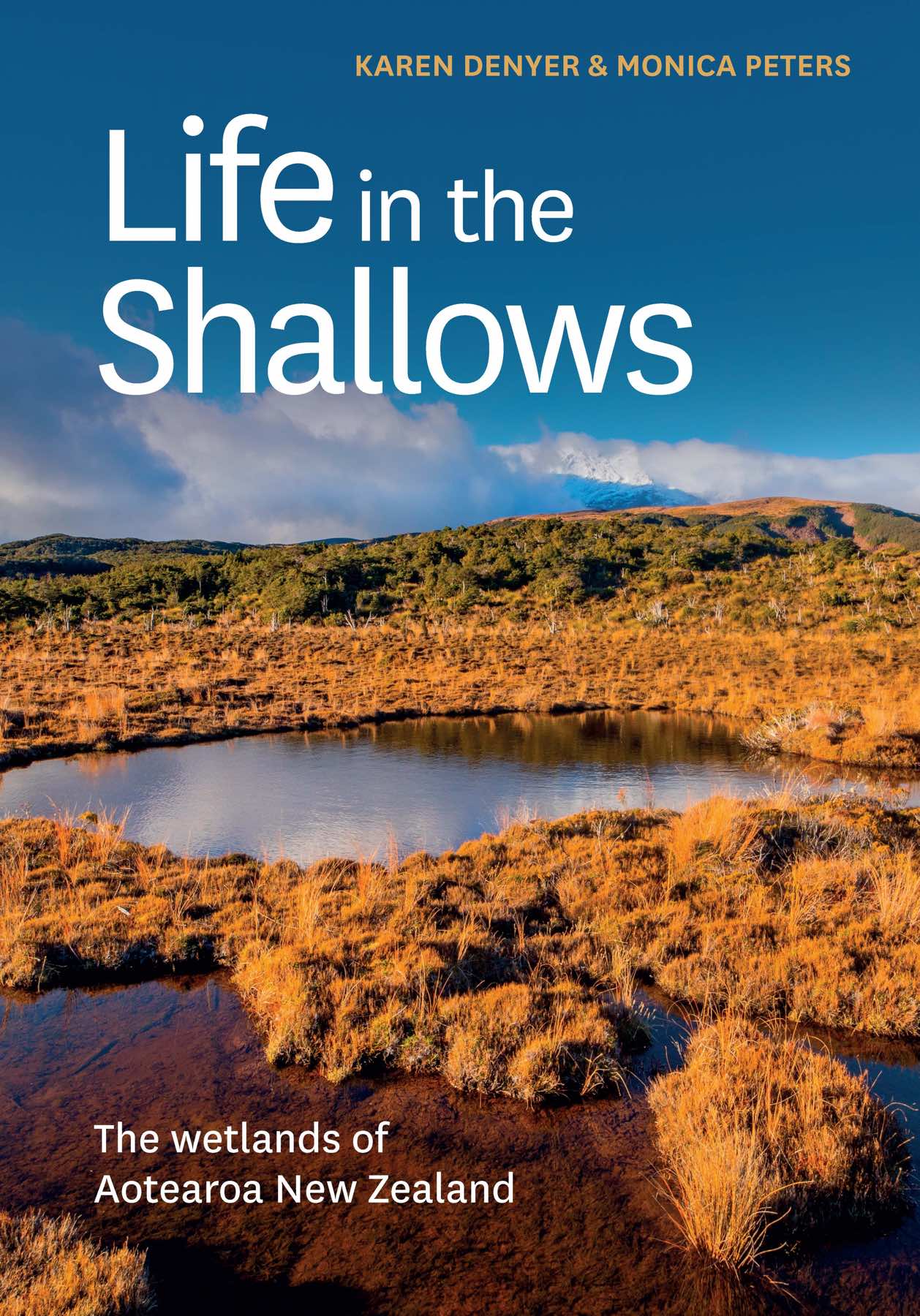
Did you know that native Spinifex and Pīngao grasses help hold sand and build the dunes, while Marram Grass was planted by Europeans because cows would eat it? In times gone by, before we had a robust roading system, cows (and other stock) were often driven along the beaches. In recent years Horowhenua District Council have provided thousands of spinifex…

December is the time when we see Spinifex seedheads covering the dunes. Once the plant releases them they will blow and roll across the dunes and the sand, finding a place to stay and grow. Coastal Restoration Trust say: Spinifex (Spinifex sericeus R.Br.) is the major indigenous sand dune grass that occurs on foredunes throughout most of the North Island and…

Rob Cross is biodiversity manager at Kāpiti Coast District Council. In this 10 minute video he talks about the natural highlights of Kāpiti’s sand dunes, reminding us what an important job they do creating homes for plants and wildlife and helping protect our coastline. We could reasonably expect our dunes at Waikawa Beach to be the same. Also check out…





